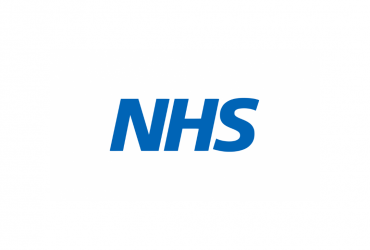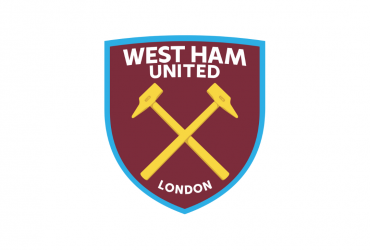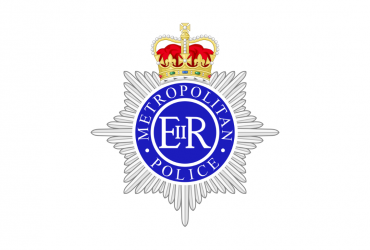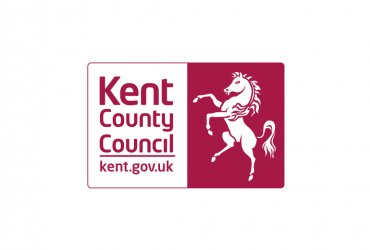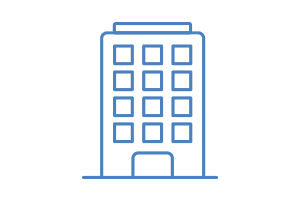How to Get A Mould Stain Out Of Fabric
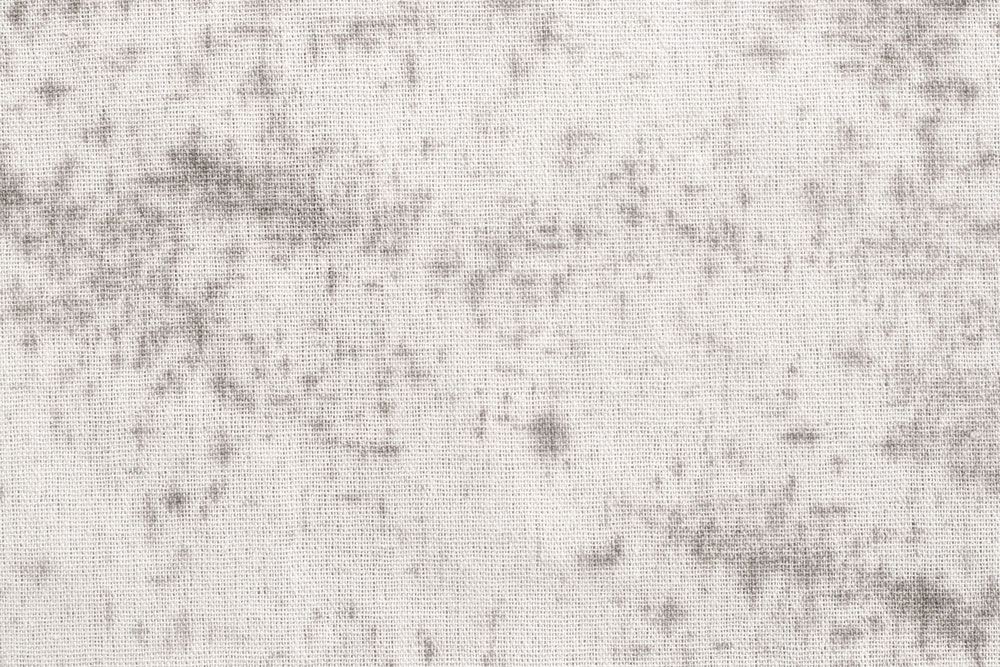 CONTENTS
CONTENTS
- What do mould stains look like?
- What causes mould on fabric?
- How to remove mould stains from fabric
- How to prevent mould stains on fabric
- Book your mould remediation today
If you have spotted unsightly splotches and stains on your clothes, curtains, and upholstery, or they smell like damp, you are probably dealing with a mould problem. Not only does this affect the look of your home or outfits, it can damage fabric and cause it to deteriorate over time.
At ICE Cleaning, we offer our mould remediation services nationwide. Our Dewpoint-accredited technicians can eliminate all the mould in your home, including mould in the air, with our thorough nine stage mould removal process.
Keep reading to learn how to remove mould stains from fabric.
What do mould stains look like?
Mould stains usually present themselves as irregularly shaped splotches that come in a range of colours including black, green, white, and orange, depending on the type of mould. The fungus can grow and spread quickly without you knowing as it often starts out as small, inconspicuous spots.
The texture of a mould stain is another giveaway. You might also feel a slight fuzziness where the spores have begun to grow their colonies.
A musty, damp odour often accompanies mould, as well. The odour is caused by mould releasing microbial volatile organic compounds.
As mould grows on organic materials, it can feed off some kinds of fabric. If your clothes or upholstery have started to weaken in some areas, it could be down to mould.
What causes mould on fabric?
Mould thrives in damp, warm environments and feeds on organic materials such as wood, some kinds of building material, and fabric. It is usually caused by high humidity, poor ventilation, and condensation on surfaces.
Mould growth on fabric, however, has its own specific causes. Should you spot mould on your clothes, it was likely caused by damp clothes behind put away in a wardrobe, or you overfilling your storage spaces with clothes, resulting in poor air flow.
Mould on your curtains is often caused by humid pockets of air forming around windows, or mould growth around windows spreading to the fabric.
The fungus can also be triggered to grow on upholstery if a spillage occurs and is not cleaned up and the area dried out properly, or the piece of furniture is kept too close to the wall so air cannot flow easily around it. Furniture kept in very damp, humid areas is vulnerable to mould growth, as well.
How to remove mould stains from fabric
Although it is tempting to try to remove mould yourself, mould removal from fabrics is particularly challenging as it is a porous surface. The mould can grow deep in the fabric and evade treatment.
Many DIY solutions recommended online are not that effective either, and can even make the situation worse. Bleach, for example, is frequently suggested, but the harsh chemical can weaken fibres and cause discolouration. Baking soda has a similar effect by breaking down the proteins in natural fibres and degrading the fibres. Washing in very hot water is not ideal for certain fabrics, too, and can cause irreversible damage.
Attempting to clean the mould yourself can also put your health at risk. Disturbing mould can release spores into the air which you may inhale or allow to spread around the property.
It is always recommended that you bring in professionals for mould remediation. They will have the specialised equipment that is designed specifically for safe and effective stain removal without compromising textile integrity or personal health. Cleaners can advise on how to prevent the mould returning in the future so you can keep your home mould-free.
How to prevent mould stains on fabric
Mould spores are everywhere, but they only become a problem when they find the right conditions to flourish. The key to preventing a mould stain on fabric is creating a dry, well-ventilated environment where it's tough for those pesky spores to settle and grow.
First, keep your fabrics dry. Don't put away damp clothes and make sure your upholstery is always dry, especially after spillages.
If you are air-drying items indoors, give them plenty of space so the air can circulate. This will help speed up drying time and prevent condensation build-up. Check behind furniture and curtains for signs of mould growth regularly because these less-ventilated areas can harbour unwanted moisture.
Dirt and dust provide mould with plenty of organic matter to feed off. Regular cleaning of your fabrics is crucial, whether that is vacuuming sofas or using appropriate fabric cleaners.
Keep humidity levels low all day by using dehumidifiers and regularly opening windows. This can also help lower the chances of condensation forming.
Book your mould remediation today
Did you know we offer a lifetime guarantee* with every mould cleaning service? This means that should the mould come back, we will return to site and remove it for free.
You can find out more about our mould removal services by calling 0208 066 0360 or sending an email to enquiries@icecleaning.co.uk.
*subject to advisories

Speak with me today,
I’m here to help
By asking you a few questions either via phone or email I can immediately provide a realistic estimation of the cost.
You’re in good company. We’ve cleaned for the following commercial clients… View all

Why choose us?
- Cater to a wide variety of cleaning situations
- Nationwide coverage, available 24/7
- Cater to commercial and domestic clients
- Free survey provided prior to quotation
- Emergency response team
- Offer a bespoke service designed to suit all your needs
- All technicians hold professional health and safety qualifications, including BICSc, IOSH, Dewpoint Professional & Safe Contractor
We’re fully accredited
We place best practise, professional expertise and health and safety at the core of our business. We’re fully compliant with all legal obligations. You can view a list of our accreditations below, or visit our Health & Safety page for more information.

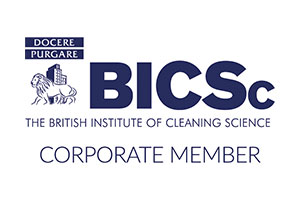

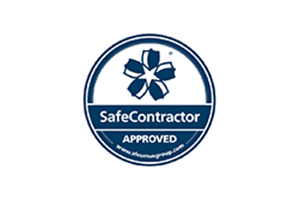


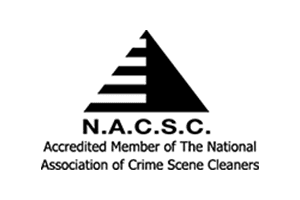




-RGB-small.1707319151.jpg)


